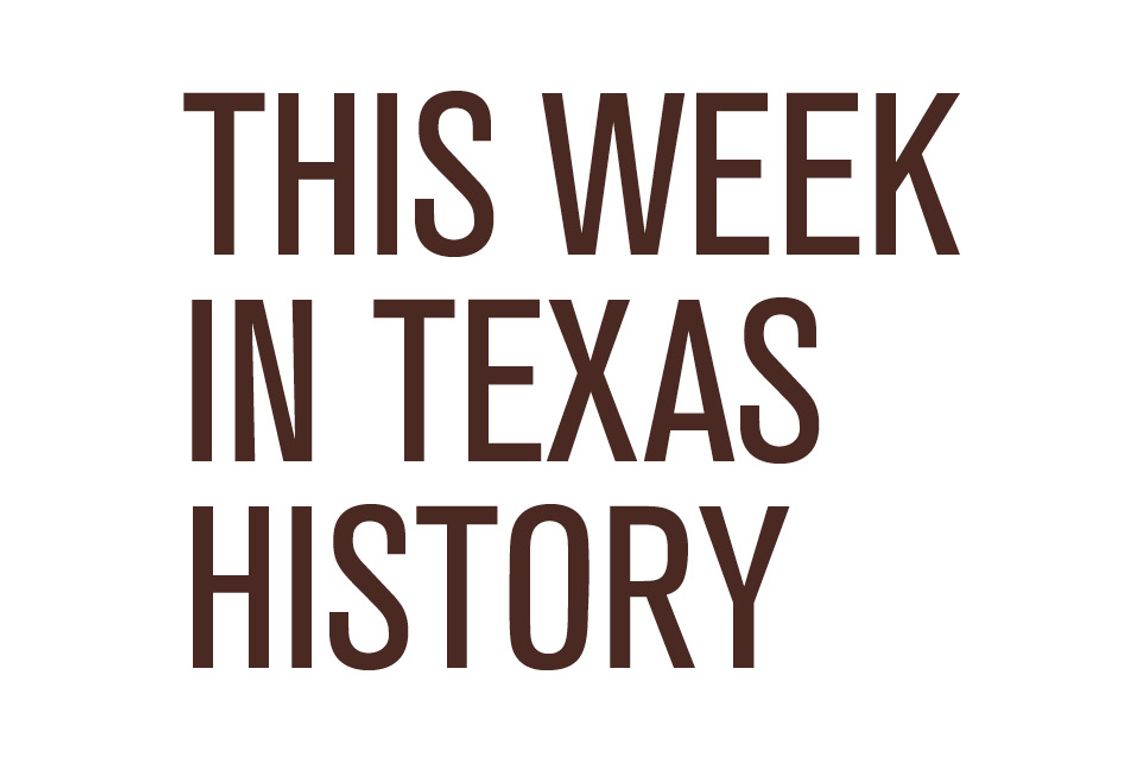“Deacon Jim” Miller, the prime suspect in the ambush of Pat Garrett and many other murders-forhire, was lynched in Ada, Oklahoma on Apr. 19, 1909.
A diabolical genius who never depended upon mere luck, Jim Miller was not just another fast gun. Besides being a professional killer, perhaps the first of his kind, he was a master at manipulating public opinion to suit his own evil ends.
The grisly double homicide of an elderly couple in Coryell County in 1874 proved to be an open-and-shut case for the appalled authorities. An eight-year-old boy had murdered his grandparents.
No one knew what to do with little Jim until his grown sister and her husband came forward to request custody. The youth stayed out of serious trouble until a summer night in 1884, when he shotgunned his brother-in-law to death in his sleep.
This time the wheels of justice shifted into high gear, and the teenager was found guilty of the heinous crime and sentenced to life imprisonment. But in the first of an uncanny series of legal reversals, the conviction was overturned on appeal.
Seven years and several killings later, Miller wandered into the West Texas town of Pecos. He immediately got on the good side of the local sheriff by putting a notorious rowdy in his place, and a grateful Bud Frazer promptly pinned a badge on the mysterious stranger.
In those live-and-letlive days, to poke around in a man’s past was an unpardonable breach of frontier etiquette because just about everybody had a skeleton or two in his closet. As a result, Sheriff Frazer attached little importance to his new deputy’s chilling juvenile record much less his odd habit of wearing a heavy black coat year-round.
Perfect attendance at a Pecos church so impressed pious members of the community that they bestowed upon Miller the reverent nickname “Deacon Jim.” When a sudden increase in cattle disappearances aroused suspicion about the newcomer, the indignant congregation rushed to his defense.
Frazer stuck by Miller until a prisoner in his care died under questionable circumstances. The talk around town was that he lawman silenced the victim before he could expose him as the brains behind the rustling ring. Having heard enough, the sheriff fired his right-hand man.
Miller lost a bid to replace his former boss as county sheriff but accepted the post of Pecos town marshal as a consolation prize. Within days the peaceful oasis was overrun by Miller’s cronies, who had a criminal field day at the expense of the cowed citizens.
To safeguard their nefarious empire, Miller and his clique of cutthroats plotted to remove Sheriff Frazer from the picture. A tip from the loyal county clerk alerted the target in the nick of time, but the informant paid with his life.
Pushed over the edge by the cold-blooded act of revenge, Frazer confronted his archenemy on a Pecos street on Apr. 12, 1894. “Jim, you’re a thief and a murderer!” he shouted a split second before emptying his six-shooter
into Miller at point-blank range.
Leaving his ex-deputy for dead, Frazer strolled back to his office a happy man unaware that a steel breastplate hidden beneath the omnipresent black coat had prevented a fatal wound. Learning Miller had somehow survived, the sheriff could only surmise that he had missed the mark.
Voted out of office at the next election, Frazer moved to New Mexico but returned over Christmas to tidy up his affairs. Either by accident or design, the two antagonists tangled again.
Miller took a bullet in the right arm, another in a leg and two more in the chest. Once more Frazer walked away the apparent victor oblivious to the fact that the iron undershirt had saved his opponent’s life a second time.
Figuring he might not be so fortunate the third go-round, Miller carefully staged the final act of the marathon melodrama. In September 1896, he tracked down Frazer in nearby Toyah and caught him by surprise in the local saloon.
The roar of a double-barreled shotgun rudely interrupted a friendly game of poker and left the ex-sheriff a headless corpse. Frazer’s brother-in-law, a tough character in his own right, avenged the bushwhacking by slaying Miller’s two top guns, but by then Jim was out of reach in the Pecos jail.
When the case finally came to trial in Eastland on a change of venue, Miller had succeeded in swaying the sentiments of prospective jurors with his patented imitation of a God-fearing family man. An easy acquittal freed the cunning killer to resume his vicious career, and for the next ten years he left a bloody trail across the Southwest.
Three Oklahoma cattlemen paid Jim Miller to kill a rival rancher in 1909. Extradited from Fort Worth to stand trial in the town of Ada, the scene of the crime, the assassin and his employers were seized by 200 citizens and hanged in a livery stable.
A lynch mob was one jury “Deacon Jim” could not charm.
All five of Bartee’s books are available for purchase on his web site [email protected].











